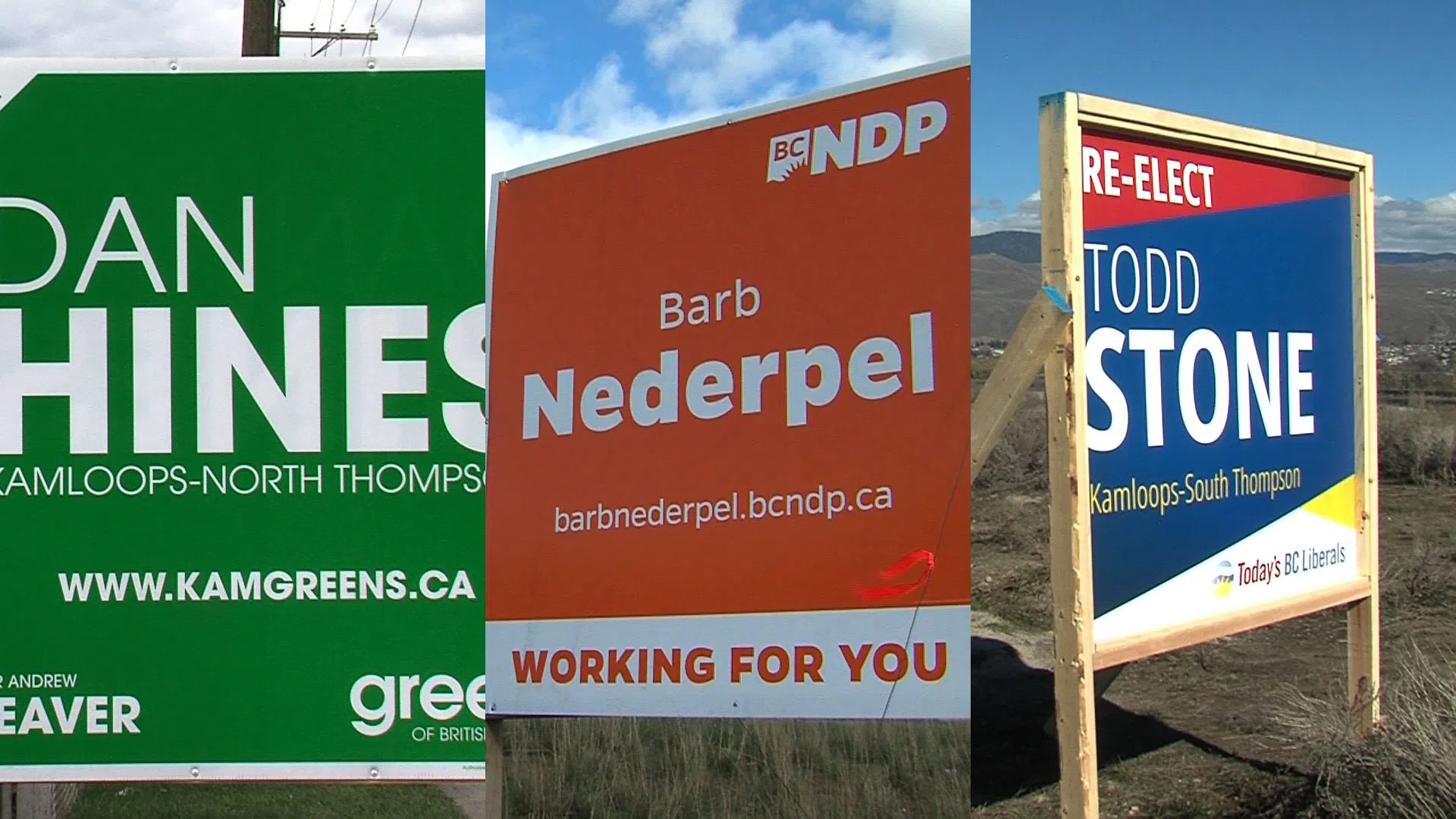
Candidates get creative to compete with big money during campaign
KAMLOOPS — Political parties spend tens of thousands of dollars on marketing themselves during an election, but not every party has the same access to campaign cash.
WATCH: Full report by Jill Sperling
“We know that we’re up against a huge marketing machine, but the majority of our donors come from individuals and working people, and that’s how we will resonate with the regular folk,” said Kamloops North-Thompson NDP candidate Barb Nederpel.


